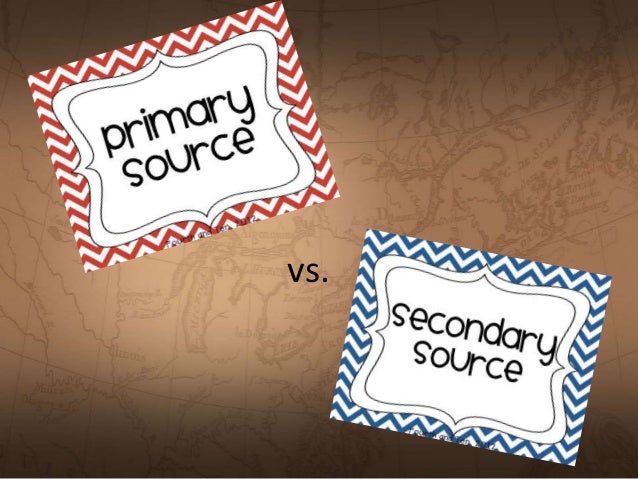What's the difference?
A primary source provides direct or firsthand evidence about an event, object, person, or work of art during an historical even and/or time period. For example it can include:
- Original documents: Diaries, speeches, interviews, autobiography, news film footage
- Artifacts: Pottery, clothing, buildings
- Creative works: Poetry, drama, novels, music, art
A secondary source interprets and analyzes primary sources (they aren't firsthand evidence). Secondary sources usually are pictures, quotes, or graphics of primary sources in them. For example:
- Textbooks
- Magazine articles
- Encyclopedia
- Criticisms
Teaching primary and secondary sources.
Teaching students the difference between primary sources and secondary sources are very important. However, when teaching it you want to make sure it is fun and engaging. I remember when I was in fourth grade my teacher came into class with a big bag of stuff. My whole class wondered what was inside the bag? Later that day, my teacher told us we were going to learn something new. It was the difference between primary sources and secondary sources. She brought out her bag and emptied it in front of us. She broke us up into two teams, team blue and team gold (my school colors). As a team we had to figure out if it was a primary or secondary source. It turned out to be a race. Of course, my team lost. After, my teacher told us what team won she began to explain the difference and the types of sources each included. That lesson turned out to be one of my favorite social studies lessons because it was so fun and engaging. Ever since that day, I told myself I would teach that lesson the way my teacher taught it to us.
Here is a link of other ways you can teach primary and secondary sources in a classroom.


No comments:
Post a Comment